Top Task Prioritization Strategies for Busy Professionals to Succeed
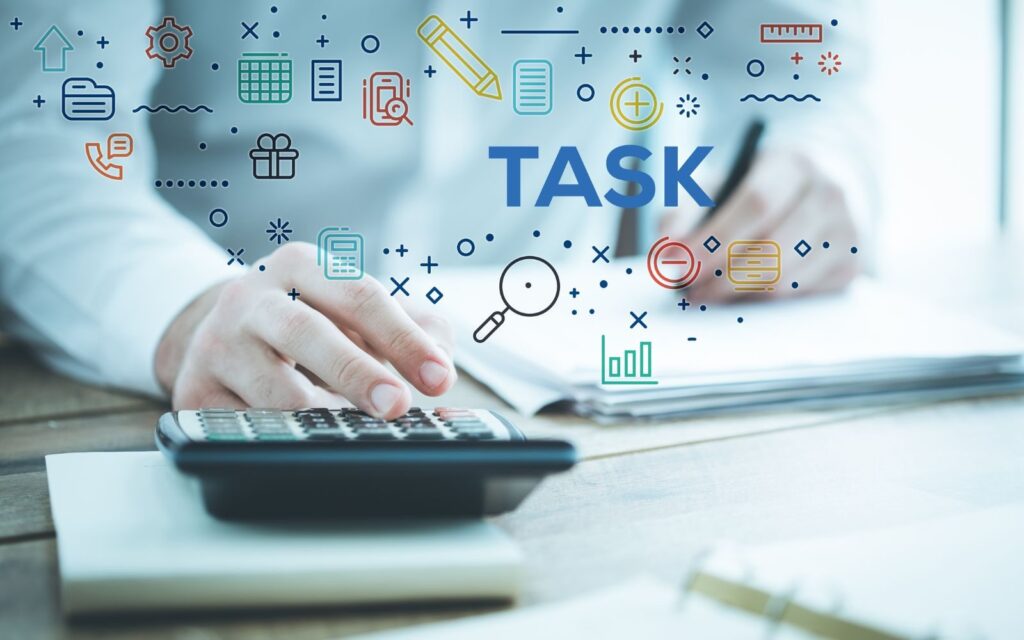
In today’s fast-paced world, many professionals juggle multiple responsibilities, tight deadlines, and competing priorities. Without the right task prioritization strategies for busy professionals, it’s easy to feel overwhelmed.
The key to success lies in effective strategies that help you manage your task list, maintain momentum, and reduce stress.
By using prioritization techniques, you can stay organized, improve focus, and maximize productivity. Let’s explore the best ways to prioritize tasks and achieve a better work-life balance.
Key Takeaways
- Discover prioritization strategies to maximize productivity.
- Learn how to identify important tasks and eliminate repetitive tasks.
- Understand the benefits of time management practices and task organization.
- Get valuable insights into task management tools and automation.
- Explore techniques to adjust priorities in an ever-changing business landscape.
Identify and Categorize Your Tasks

Identifying tasks is the first step to managing your workload efficiently. Many professionals struggle with competing priorities, making it essential to separate high-priority tasks from less important ones.
Steps to Categorize Tasks:
- Routine tasks – Daily or weekly responsibilities like emails and meetings.
- Specific tasks – One-time projects or assignments with deadlines.
- Critical tasks – Tasks that contribute directly to long-term success.
By distinguishing between routine tasks and critical tasks, you can prioritize tasks effectively.
Use the Eisenhower Matrix for Smarter Decision-Making
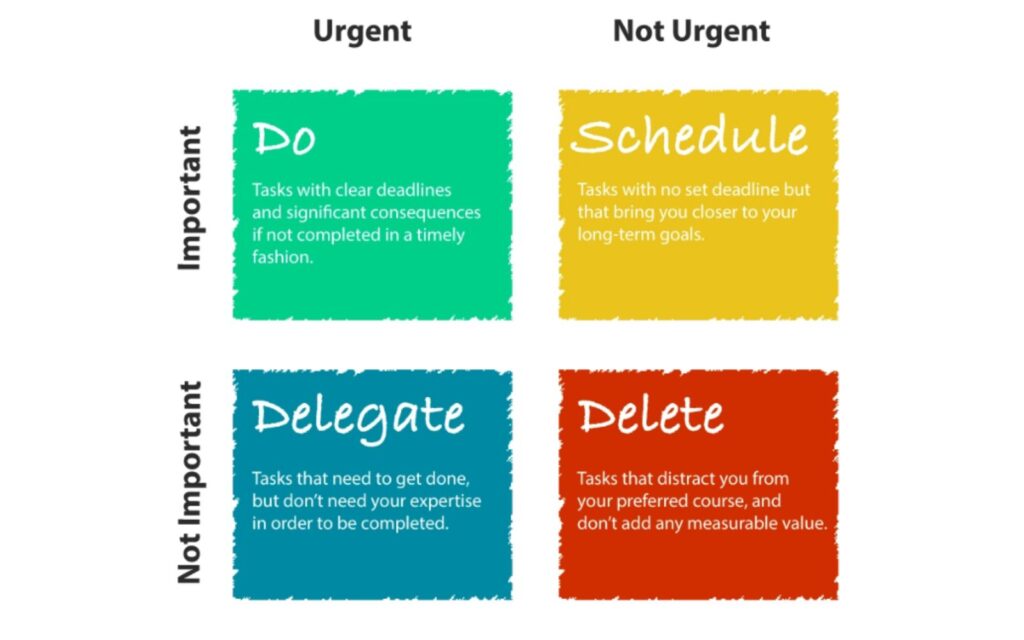
The Eisenhower Matrix is a simple but powerful tool for managing tasks by urgency and importance.
How It Works:
- Urgent & Important: Complete these immediately (e.g., responding to a crisis, meeting deadlines).
- Important but Not Urgent: Schedule these tasks for later (e.g., strategic planning, skill development).
- Urgent but Not Important: Delegate these to team members (e.g., responding to non-essential emails).
- Neither Urgent nor Important: Eliminate these tasks (e.g., unnecessary meetings, excessive social media browsing).
This method helps professionals stay focused on tasks that drive meaningful progress.
Time Blocking: Maximizing Productivity with Dedicated Blocks
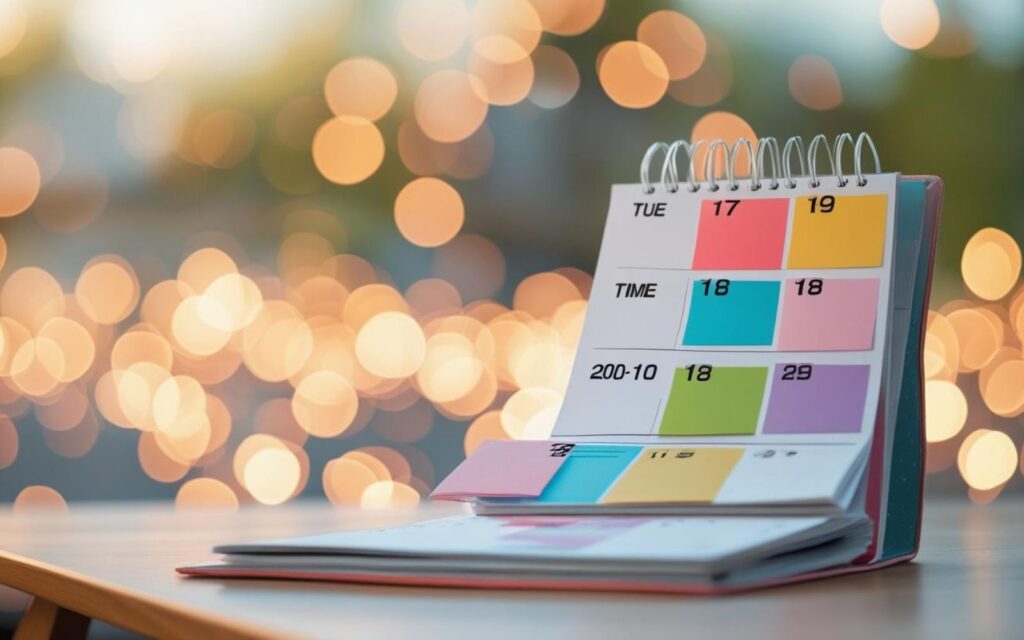
Time blocking is one of the most effective time management tips for busy professionals. This technique pairs perfectly with the Pomodoro Technique for enhanced focus and productivity.
How to Implement:
- Set dedicated blocks of time for deep work.
- Use Google Calendar or Microsoft Teams to schedule work sessions.
- Assign specific times for meetings, project management, and personal time.
For example, scheduling a 90-minute block in the morning for deep work can significantly improve productivity and maintaining focus.
Apply the 80/20 Rule to Identify High-Impact Tasks
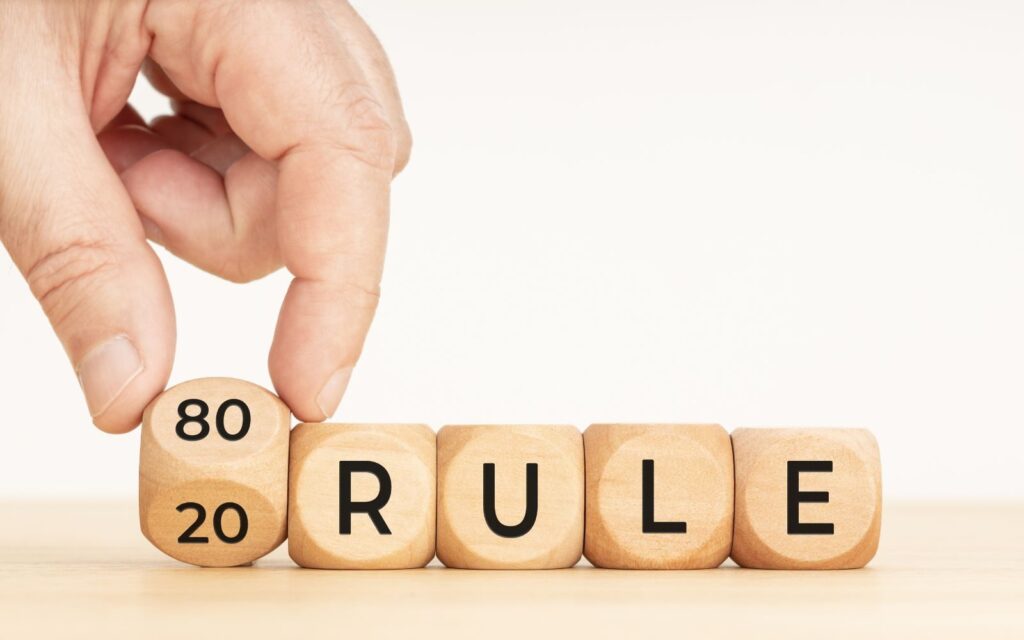
The Pareto Principle (80/20 Rule) suggests that 80% of results come from 20% of efforts.
How to Apply It:
- Identify areas where small efforts lead to big results.
- Focus on tasks that contribute to long-term vision and goal setting.
- Reduce time spent on low-value, repetitive tasks.
For example, instead of answering every email immediately, focus on high-priority tasks that drive business growth.
Automate Routine Tasks to Save Time
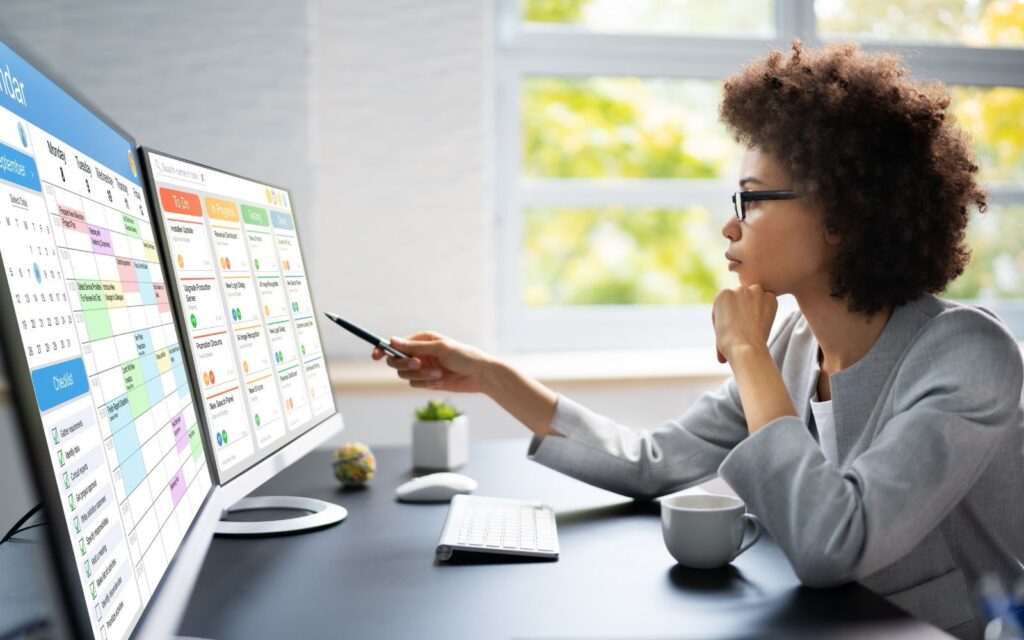
To maximize productivity, professionals should leverage technology to automate routine tasks. Modern workplaces are increasingly utilizing AI-powered tools to streamline operations.
Productivity Tools for Automation:
- Virtual assistants like ChatGPT for content and email drafting.
- Project management tools like Asana and Trello for tracking progress.
- Google Workspace for team collaboration and time tracking.
- Data entry automation tools to reduce manual work.
Automation helps professionals create space for high-impact work and maintain momentum.
Prioritize Self-Care for Better Work-Life Balance
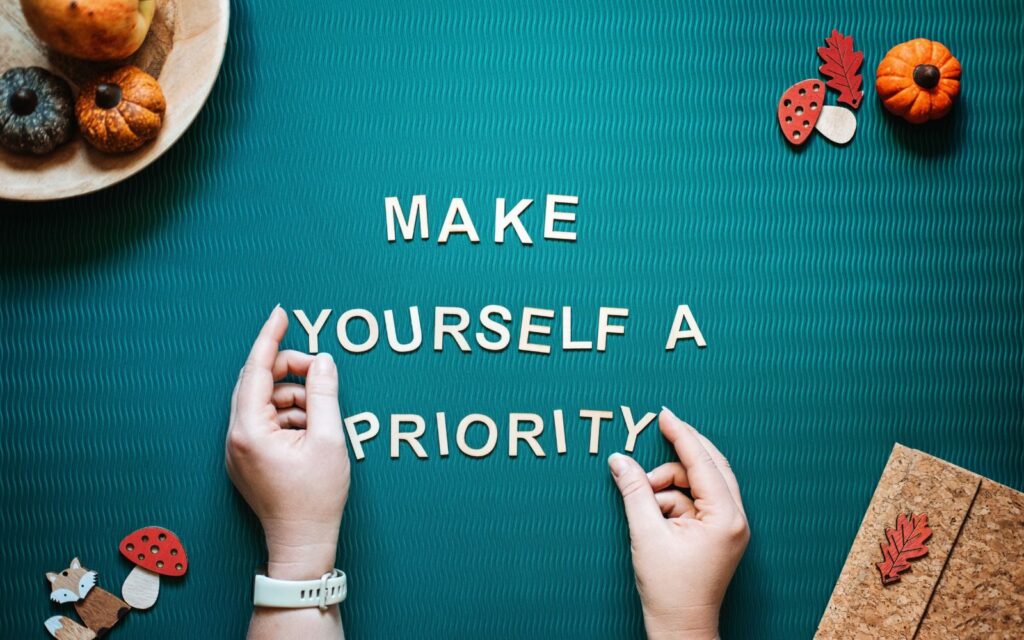
Burnout is a major issue for busy professionals, making self-care a crucial part of long-term success. Learning how to reduce stress naturally is essential for maintaining peak performance.
How to Prioritize Self-Care:
- Schedule regular check-ins to evaluate workload and adjust priorities.
- Incorporate mindfulness practices to improve overall well-being.
- Set boundaries to separate work and personal life.
- Consider meditation techniques for stress relief during busy periods.
By prioritizing self-care, professionals can reduce stress and improve team productivity. Creating an environment that supports well-being, such as improving office air quality with plants, can also contribute to better focus and reduced stress levels.
Track Progress and Regularly Review Priorities

Tracking progress is essential for improving productivity and adjusting priorities.
Best Practices:
- Use time tracking tools to monitor work efficiency.
- Conduct regular check-ins to assess productivity patterns.
- Identify areas where poor time management is affecting results.
Tools like RescueTime and Google Calendar can help professionals stay organized and maintain peak performance.
Minimize Distractions and Stay Focused

Distractions can derail productivity, making it important to implement minimizing distractions strategies. Your physical workspace plays a crucial role in maintaining focus – consider investing in ergonomic office setups and quality office lighting to optimize your environment.
How to Stay Focused:
- Turn off unnecessary notifications.
- Use noise-canceling headphones for deep work.
- Set clear expectations with team members about availability.
- Ensure your workspace has good air quality as it directly impacts cognitive function and productivity.
By improving maintaining focus, professionals can achieve meaningful progress in their work.
Delegate Tasks to Increase Efficiency

Effective delegation is a critical skill in task management.
Steps to Delegate Efficiently:
- Assign repetitive tasks to virtual assistants or support staff.
- Use project management tools to track delegated work.
- Trust team members to handle non-essential responsibilities.
Delegation helps professionals save time and focus on high-value work.
Regularly Evaluate and Adjust Priorities
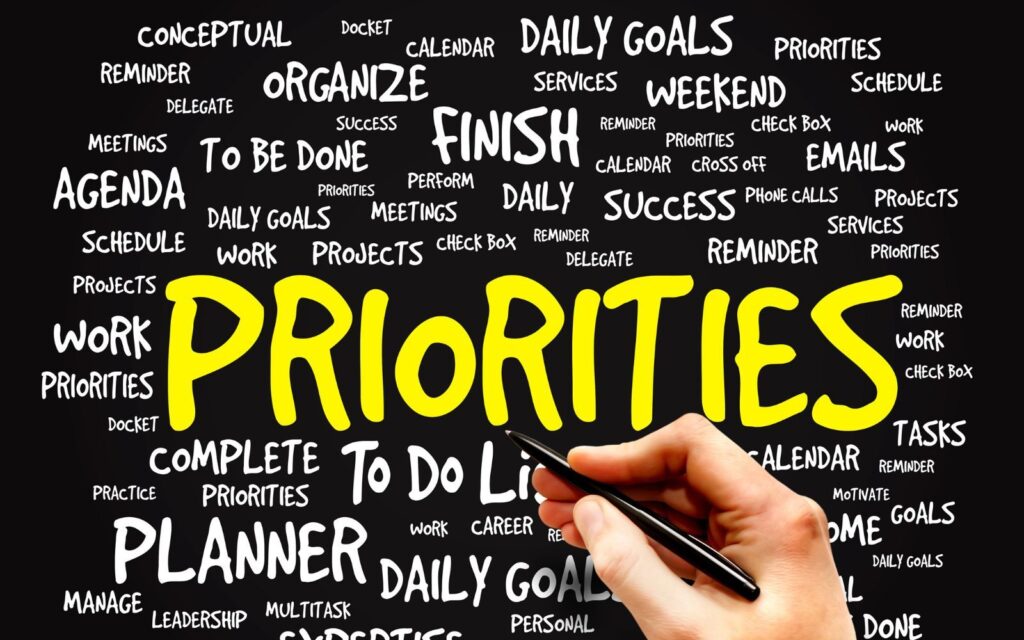
In an ever-changing business landscape, it’s important to regularly evaluate tasks and priorities.
How to Stay Adaptable:
- Review industry trends and shift focus as needed.
- Conduct weekly or monthly check-ins to reassess goals.
- Adjust strategies based on changing demands.
By staying flexible, professionals can maintain long-term vision and better work-life balance. Consider incorporating eco-friendly ways to reduce workplace stress into your routine for sustainable productivity.
Summary
Mastering task prioritization strategies for busy professionals is essential for maximizing productivity and achieving success.
By implementing time management practices, leveraging productivity tools, and minimizing distractions, professionals can maintain focus and stay organized. Remember that physical well-being in the workplace is crucial for sustained productivity.
- Use prioritization techniques like the Eisenhower Matrix and Pareto Principle.
- Implement time blocking and automate routine tasks for efficiency.
- Regularly review priorities and adjust strategies based on industry trends.
- Leverage technology and delegate tasks to save valuable time.
- Prioritize self-care for a better work-life balance and improved overall well-being.
Frequently Asked Questions
How Can I Improve Task Organization?
Use project management tools like Asana and Trello, and follow effective strategies such as time blocking and prioritization. Consider creating mindful break areas to refresh your mind between tasks.
What Are the Best Time Management Tips for Busy Professionals?
Prioritize tasks using the Eisenhower Matrix, implement time blocking, and avoid poor time management habits. Incorporating workplace mindfulness practices can significantly improve your time management skills.
How Can I Reduce Stress While Managing Multiple Projects?
Break tasks into smaller steps, delegate responsibilities, and prioritize self-care to maintain work-life balance. Consider natural ways to improve office air and explore eco-friendly ways to reduce stress for a holistic approach.
What Are the Best Productivity Tools for Task Management?
Tools like Google Workspace, Microsoft Teams, and RescueTime help professionals stay focused and track progress. Don’t forget about your physical workspace – ergonomic office chairs can reduce fatigue and improve focus.
How Often Should I Review My Priorities?
Regularly review your task list through weekly check-ins, analyze productivity patterns, and adjust your time management practices accordingly. Consider the mental health benefits of eco-conscious design when setting up your workspace for optimal productivity.


3 Comments